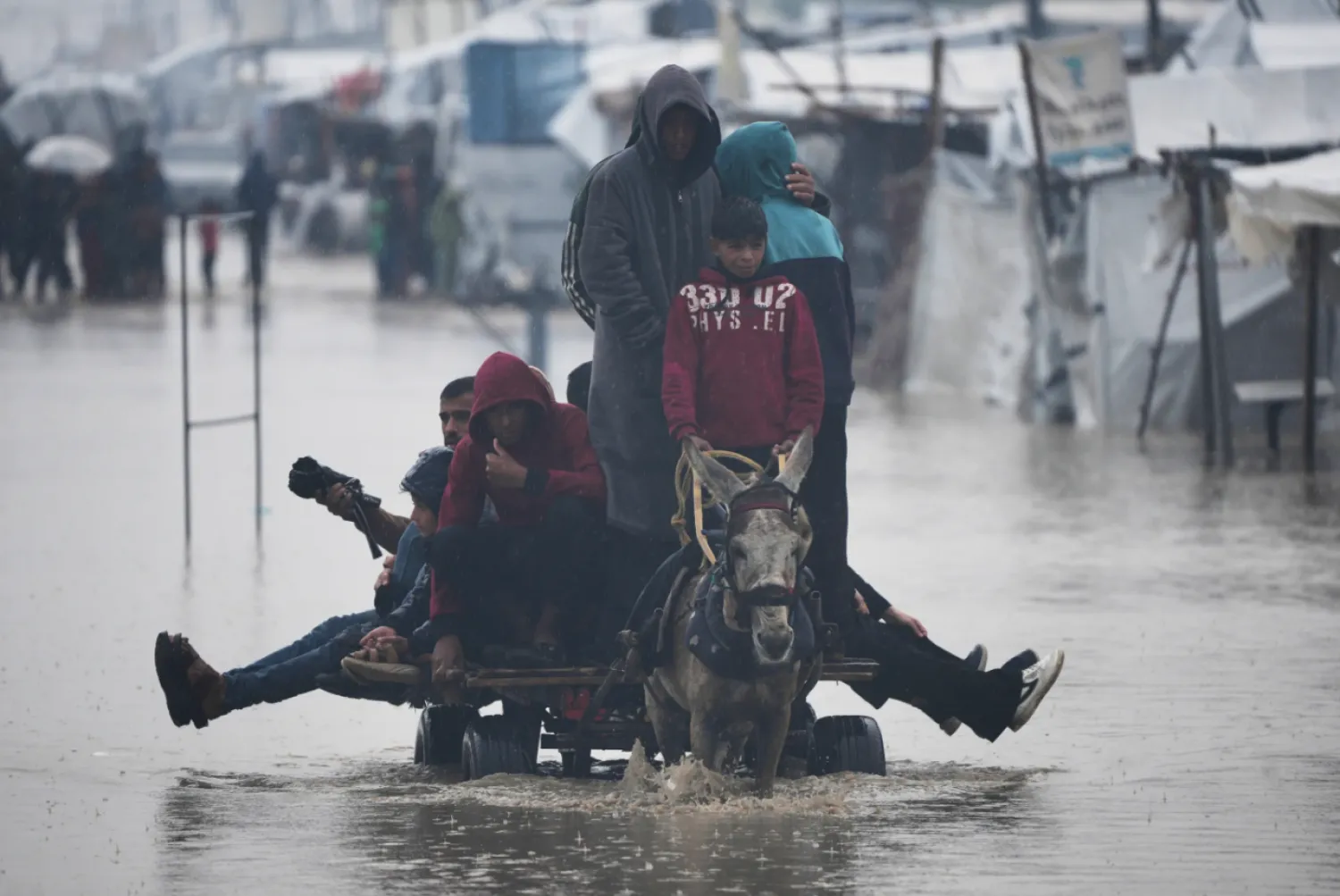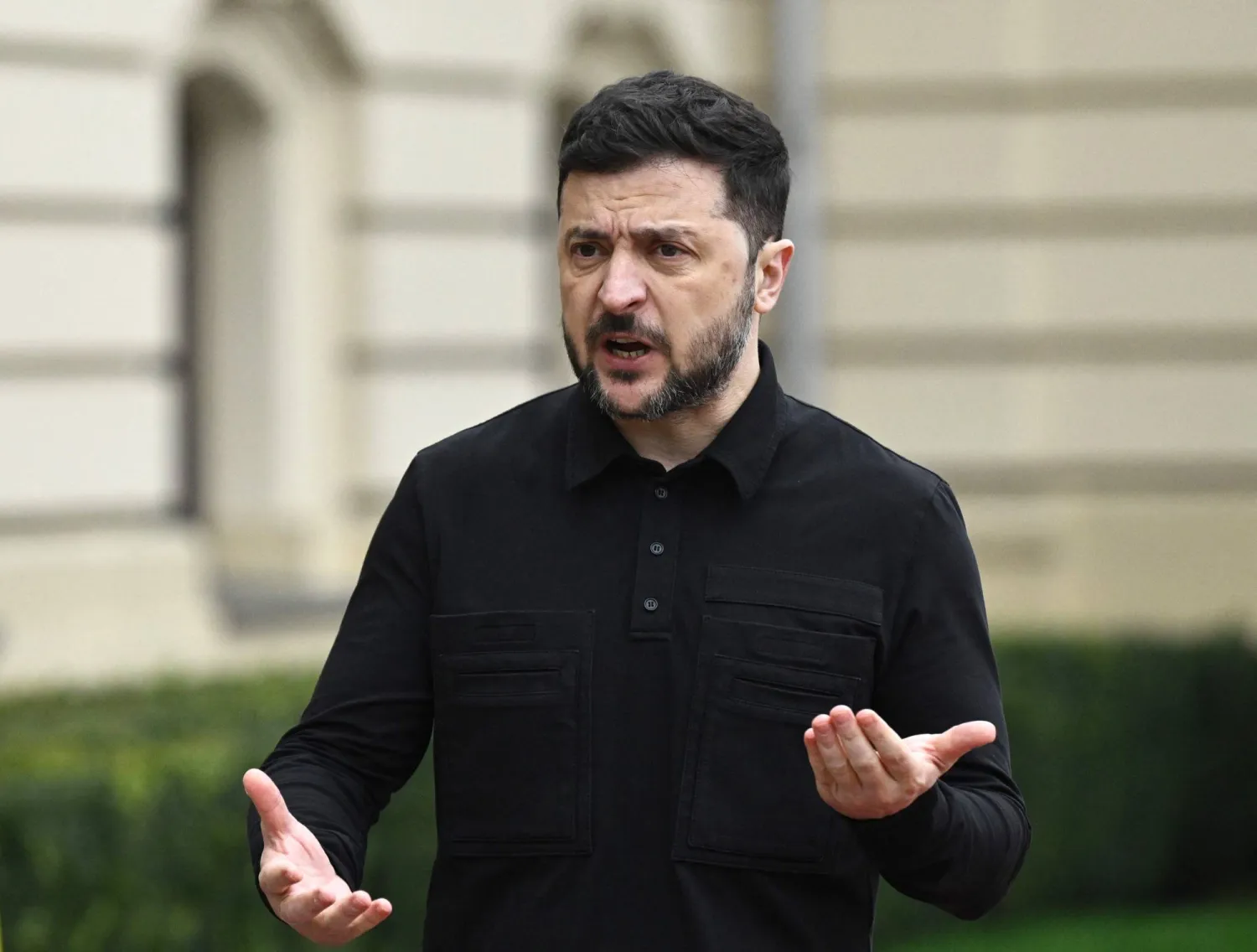Two back-to-back strikes in Beirut and Tehran, both attributed to Israel and targeting high-ranking figures in Hamas and Hezbollah, have left Hezbollah and Iran in a quandary.
Analysts agree that both strikes hit too close to home to pass without a response, and were serious security breaches for Iran and Hezbollah. Calibrating that response to restore deterrence without sparking an even more damaging escalation may be the most delicate balancing act in nearly a year of teetering on the brink of a regional war.
Tuesday’s rare strike in Beirut’s southern suburbs killed a top Hezbollah commander who Israel says was responsible for a missile strike on a soccer field in the town of Majdal Shams in the Israeli-annexed Golan Heights, killing 12 children and teenagers. Hezbollah has denied responsibility for the attack, The Associated Press reported.
While the target of the strike in Beirut was a military figure, it hit a densely populated urban neighborhood on the outskirts of the capital where Hezbollah has many of its offices, killing at least five civilians — three women and two children — and wounding dozens more.
Less than 12 hours later, the Palestinian group Hamas — a Hezbollah ally also backed by Iran — announced that the chief of its political bureau, Ismail Haniyeh, had been killed in an Israeli airstrike in Tehran, where he was attending the inauguration of the new Iranian president.
Israel has neither claimed nor denied responsibility for that strike, which comes nearly 10 months into the brutal war in Gaza sparked by Hamas’ deadly Oct. 7 attack on Israel. It also coincides with another push by mediators to close a cease-fire and hostage-exchange deal.
Analysts said both Hezbollah and Iran will feel compelled to retaliate, but their calculations differ.
Mohanad Hage Ali, a senior fellow at the Carnegie Middle East Center who researches Hezbollah, said that although Israel also struck in Beirut’s southern suburbs in a January attack that killed Hamas official Saleh Arouri, Tuesday’s strike targeted a top Hezbollah commander and killed civilians.
“This time, we’re too far into the war, and a Hezbollah commander is the target. Hezbollah has to respond, and if they don’t, this would be a new rule: Killing civilians on the Israeli side would lead to targeting of" the Beirut suburbs, he said. “Hezbollah cannot afford this.”
Hezbollah began firing rockets over the Lebanon-Israel border the day after the war in Gaza began, in what it described as a “support front” for Hamas. Although the near-daily clashes have been deadly and have displaced tens of thousands in both Lebanon and Israel, they have remained mostly confined to the border region.
In order to reestablish deterrence after Tuesday’s strike, Ali said, “Hezbollah would need to respond beyond its now-limited geographical scope of operations. They need to strike deeper in Israeli territories, and this brings with it great risks.”
Andreas Krieg, a military analyst and senior lecturer in security studies at King’s College London, agreed that Hezbollah will feel the need to carry out a significant retaliatory strike.
“I think Hezbollah has been hit much harder, much more where it hurts” than Iran, he said. “In the Israeli-Hezbollah confrontation, this is a major escalation whereby Hezbollah has to respond adequately in a more or less timely fashion” to restore deterrence.
However, the militant group will probably hit a significant military target — such as an air force base near Haifa that appeared in a video of surveillance drone footage the group released in July — rather than a civilian target, he said, and will most likely try to calibrate the attack to cause only material damage to limit further escalation.
Nabih Awada, a Lebanese political and military analyst close to the Iranian-backed “axis of resistance” and a former fighter with the Lebanese Communist Party who spent a decade in Israeli prisons along with some of the current Hamas leaders, said Hezbollah saw the strike in Beirut as a “violation of all rules of engagement” because it targeted a civilian residential area and because Hezbollah commander Fouad Shukur was targeted “in his home rather than in a military headquarters.”
Hezbollah, he said, “has developed many equations,” including that the response to a strike in Beirut’s southern suburbs will be in Haifa.
For Iran, the situation is more complicated.
In some ways, the current moment mirrors the time in April when Israel and Iran risked plunging into a war after Israel hit an Iranian consular building in Damascus, killing two Iranian generals. Iran retaliated with an unprecedented direct strike on Israel. At that time, diplomatic efforts managed to contain the escalation.
But there are key differences. The assassination of Haniyeh took place on Iranian soil, embarrassing Tehran and making clear that Israel can easily hit targets there.
While some analysts believe that will be mitigated by the fact the target was not an Iranian figure, Iranian officials have vowed a harsh response.
Krieg said that while the killing of Haniyeh's death was “damaging reputationally” for Iran and “humiliating” because it showed that Tehran was unable to protect high-profile visitors, “Haniyeh is not an integral part of the axis of resistance.”
“His death has no strategic implications for Iran other than it being a slap in the face because you’re the host and your guest was killed while you were on watch,” he said.
As such, Krieg said he believes Iran could choose to mitigate its response.
Nomi Bar-Yaacov, an associate fellow in the International Security Program at Chatham House, said Iran might turn to its proxies to retaliate.
“They have got their people, training, arming, planning everywhere, and they can reach anywhere in the world,” she said. “They can also hit Israeli or Jewish targets globally.”
Trita Parsi, executive vice president of the Quincy Institute for Responsible Statecraft, said he expects Iran’s response to be another direct hit on Israel.
The strike on Haniyeh “wasn’t just on Iranian territory, it was in Tehran,” he said. “It was at the inauguration. It doesn’t matter who was targeted” and whether or not the target was Iranian.
Iranians, he said, are likely feeling that “if the demonstration of force in April managed to restore deterrence in the short run, that deterrence is now gone” and that they are “going to have do way more than what they did in April in order to be able to restore the balance of power."
The exchange in April did not spiral because of the diplomatic intervention by the United States and others, and the Iranian strike itself appeared carefully choreographed to cause minimal damage.
Still, Parsi said, there was also “a lot of luck” that went into keeping the escalation limited.
“It’s a pivotal moment in this conflict. I don’t think we’ve been in as difficult a moment in this conflict, given that we’ve seen what Iran is capable of in April,” Bar-Yaacov said.
If the response to the strikes does not cause Israeli casualties, a wider war could still be avoided, Ali said.
But, he added, “We are in the territory of too many ‘ifs’ to avoid a war, and this doesn’t bode well.”
For Iran and Hezbollah, Calibrating Response to Israeli Strikes Leaves No Room for Error

Hezbollah fighters. (AFP)

For Iran and Hezbollah, Calibrating Response to Israeli Strikes Leaves No Room for Error

Hezbollah fighters. (AFP)
لم تشترك بعد
انشئ حساباً خاصاً بك لتحصل على أخبار مخصصة لك ولتتمتع بخاصية حفظ المقالات وتتلقى نشراتنا البريدية المتنوعة







